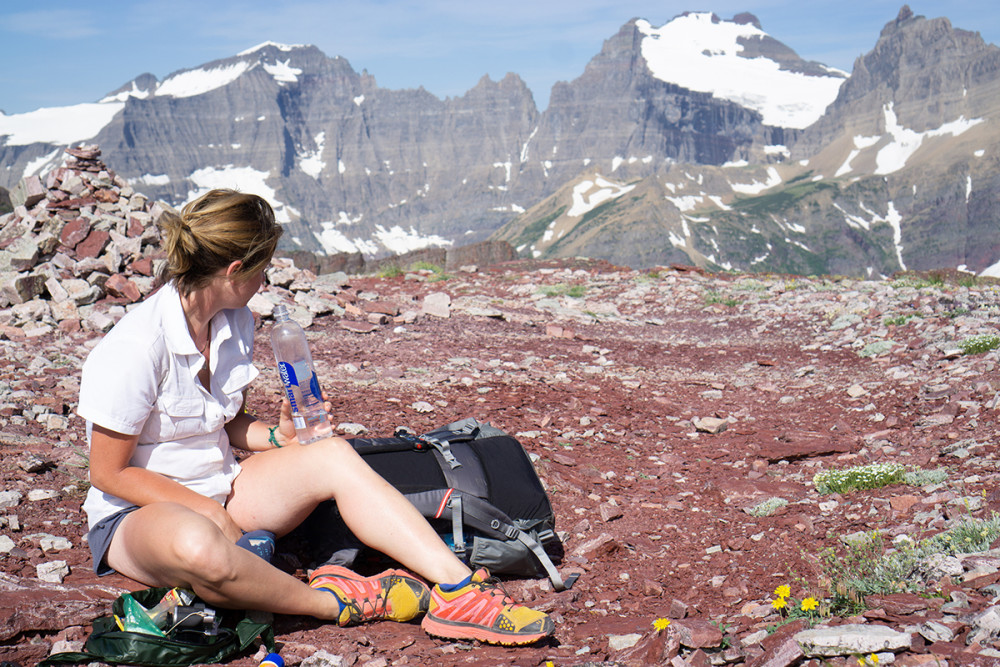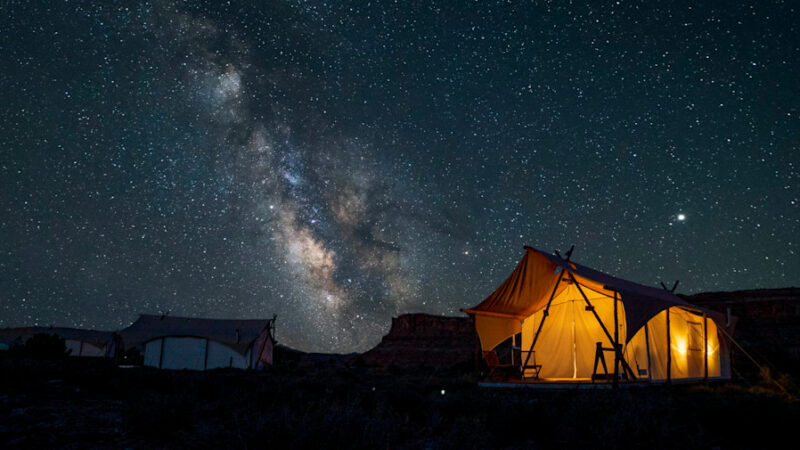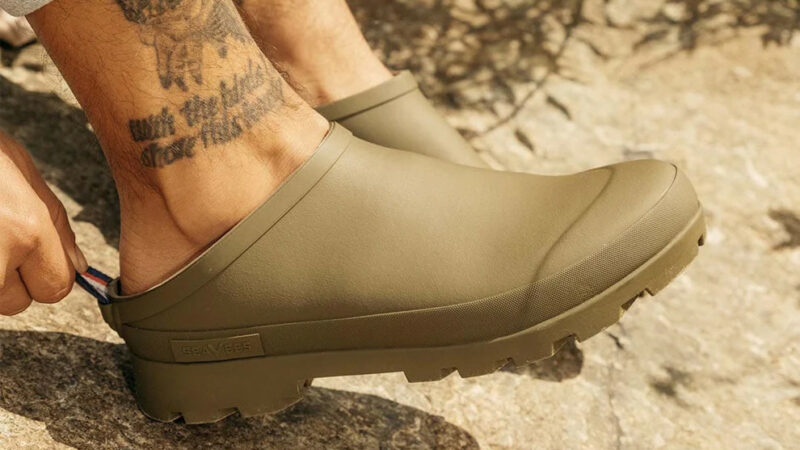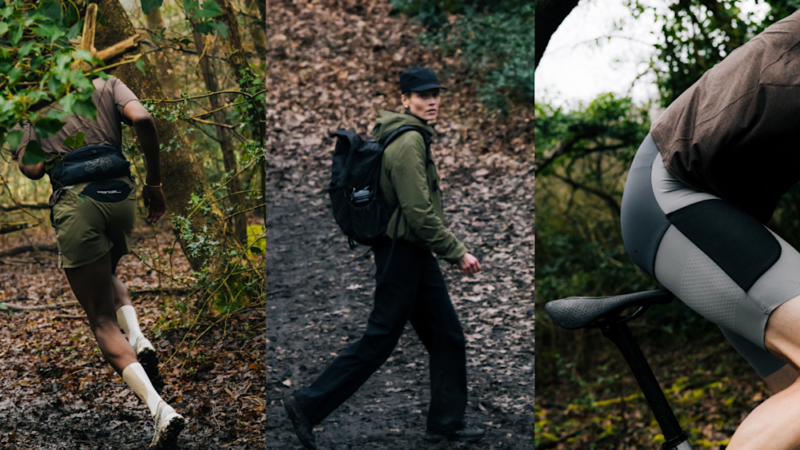The Ultimate Guide to Women’s Hiking Footwear

Understanding different hiking terrains and their challenges
Whether you’re planning a trip or sticking close to home, you should be able to classify your hiking terrain into one of the following categories: trail, desert, wet, summer alpine, and snow.
Be sure to consider how you’ll be moving across the terrain as well—the smooth John Muir Trail doesn’t mean much if you’ll be primarily hiking off-trail on the Sierra High Route. Cross-country travel generally means any walking you’re not doing on a trail, be that following a wash in the desert or crossing an open meadow in Virginia. You’re more likely to encounter obstacles on cross country terrain, so shoes that protect your toes are best practice when you’re hiking off-trail.
Trail
General trail is where most people are going to spend most of their time. Trail building and maintenance can vary hugely, but in general, if there is a somewhat distinguishable path of dirt or gravel, it is considered a trail.
Desert
Desert terrain is typically very dry, sandy, rocky, and full of sharp objects. The rocks can vary from the smooth Utah sandstone to the jagged rocks of Arizona and New Mexico, so your footwear needs may vary. Breathability is key in hot terrain like this though, and you don’t need the waterproofing of GORE-TEX or thick boots. Very meshy trail runners will invite sand in, though, so shoes with sturdier uppers (or no uppers, as with sandals) and gaiters can mitigate some of the sand.
Wet
Any trail can be a wet trail, depending on the weather. But when I talk about wet terrain, I’m thinking about more than just run-of-the-mill mud—I’m referring to soggy hikes through the Everglades or the Zion Narrows, where most of your hiking is wading through water. Here you will encounter slippery surfaces and have your feet wet most of the time.
Alpine
Summer alpine terrain can vary wildly but includes anything above treeline. In alpine terrain, you’ll likely hit soft meadows and lakes, class 4 scrambling across rock, snowy passes and glaciers, and fields of talus and scree. The time of year you’re traveling will completely dictate your footwear.
Snow
Snowy hiking can mean anything from flat winter hikes in the Midwest to kicking in steps up a couloir. The types of boots for snowy treks are going to vary from winter mountaineering boots to lightweight hybrid hiking boots, and you’ll have to balance the approach and the technical aspects when choosing your footwear.
Source: https://www.fieldmag.com/articles/womens-hiking-footwear-guide







